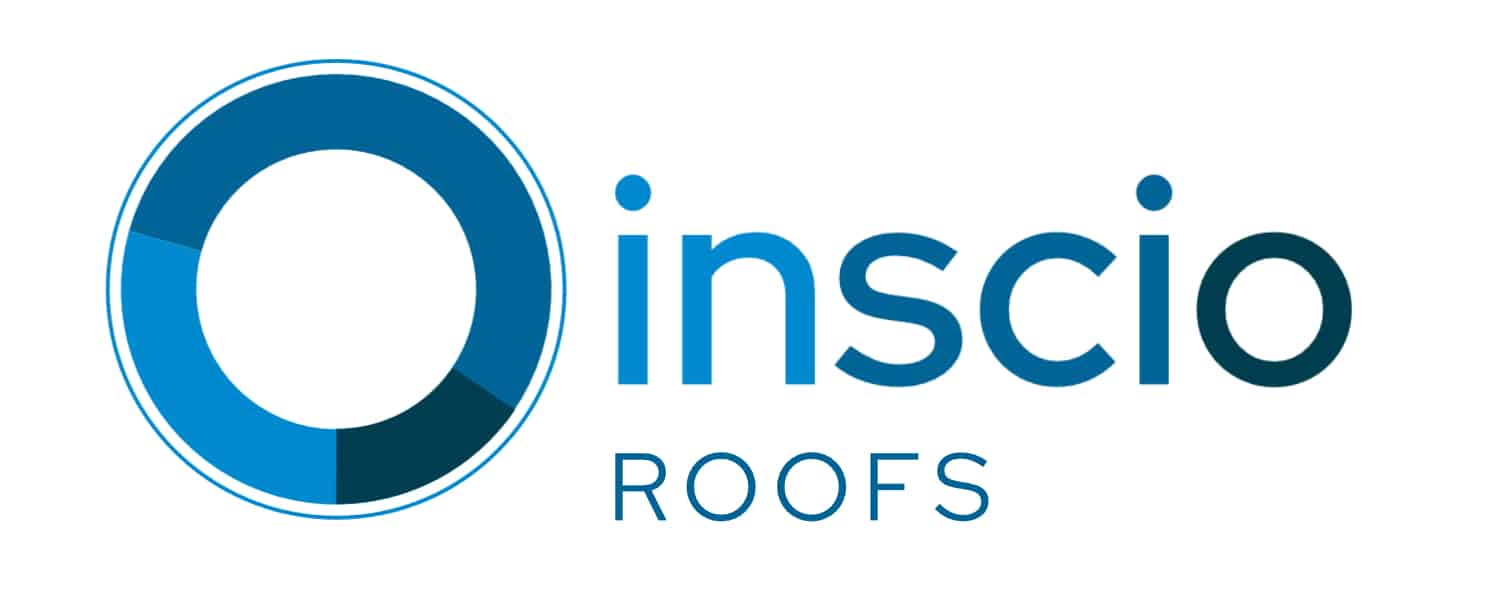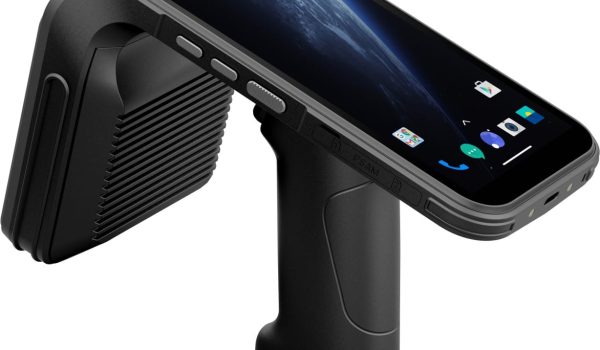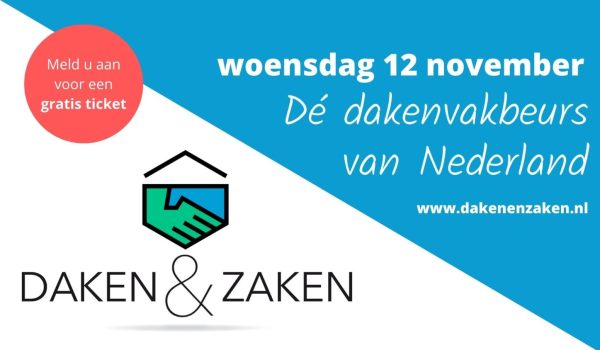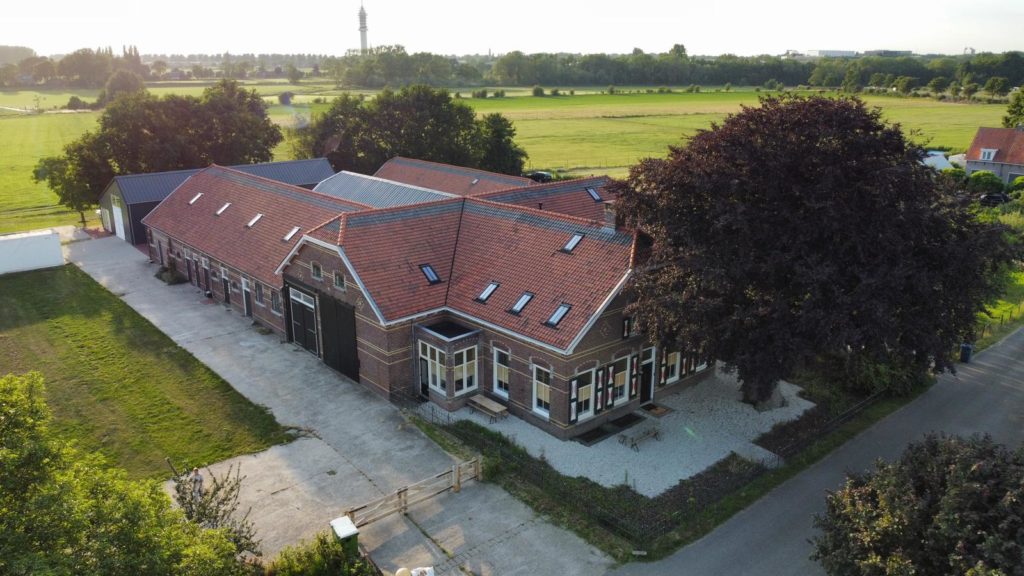Measurement data vs. visual inspection - the sense and nonsense
Imagine this: you take your car to the garage. The mechanic walks around it, takes some pictures, rubs his hand over the paint and then says, "The engine needs to be replaced." You'd call him crazy.
And yet this is pretty much what happens in many roof inspections. The exterior is looked at, maybe some photos are taken of the top layer, and the conclusion follows: "this roof needs to be replaced." While what really matters - the condition of the layers underneath - is not visible at all.
With roofs, it's not just about what you see, but what you measure. In this article, we compare visual inspection with smart roof monitoring, and show why the combination can be valuable - but why measuring is indispensable.
Visual
A visual inspection gives a first impression of the condition of the roof.
What you do see:
✅ Damage to the top layer
✅ Contamination at drains
✅ Visible blockages
✅ An overall picture of the condition of the roof
But a visual inspection is limited to that which is visible.
What you don't see:
❌ Moisture accumulating in the roof package
❌ Deviations in the temperature profile of the insulation
❌ Insulation material slowly filling up with water
❌ Anything that happens between inspection times
Visual inspection. "You only see something if you look - and if it's visible."
Monitoring with sensors and data
Roof monitoring with sensors goes a step further. You don't look, you measure.
What you measure:
✅ Water level in the gutter or retention zone - continuously, including during peak downpours
✅ Moisture build-up ín the roof package
✅ Humidity and temperature in the roof package
✅ Changes over time (trend data)
✅ Risks created before they become visible
The big advantage: monitoring works 24/7. No one has to physically be on the roof to see abnormalities. As soon as something changes, it is immediately visible in the data.
The golden combination: measurement and inspection
Sensors provide continuous insight into what is happening ín and ín the roof. But a roof also remains a physical object that deserves occasional inspection. A professional sees details that no sensor can measure: a crack in the top layer, loose ballast, or mechanical damage.
So the power lies in the combination: sensors that detect and provide data 24/7, supplemented by periodic visual checks to include the external condition. Together they form the gold standard for roof management: facts and craftsmanship, insight and experience.





